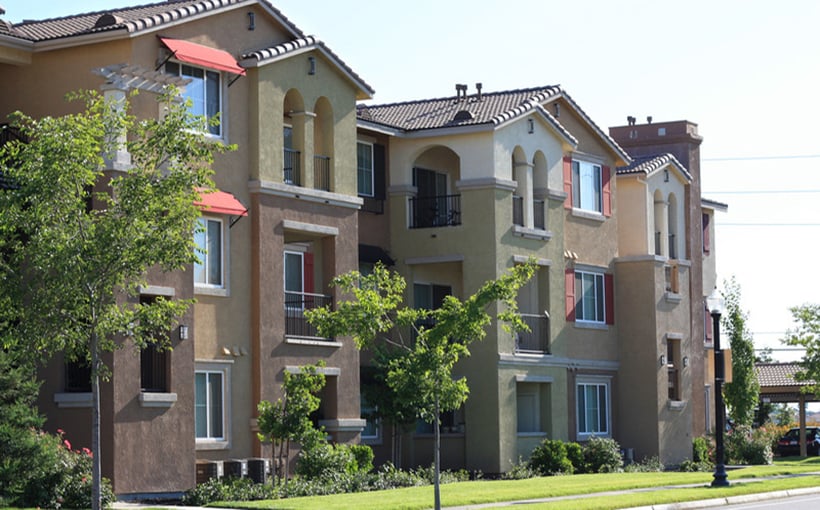Understanding Property Tax Rates: What Influences High and Low Effective Rates?
Not all property taxes are created equal. Effective property tax rates—defined as property taxes as a percentage of market value—vary significantly across U.S. cities and rural municipalities. This variation is influenced by various factors, not just the homestead tax rate.
Insights from the 50-State Property Tax Comparison Study
In a comprehensive 2024 analysis conducted by the Lincoln Institute of Land Policy and the Minnesota Center for Fiscal Excellence, effective tax rates for 75 large U.S. cities and 50 rural municipalities were evaluated. This study offers critical insights into how property tax burdens are distributed across different types of properties, including residential, commercial, and industrial sectors.
Key Findings of the Study
-
Reduction in Average Effective Rates: On average, effective tax rates on median-valued homes in major cities dropped by over 5% compared to 2023. However, 20 of the 53 cities surveyed experienced an increase in their effective tax rates.
- Influencing Factors: The study identified four primary factors that contribute to variations in effective property tax rates:
- Property Tax Reliance: The extent to which local governments depend on property taxes versus alternative revenue sources.
- Property Values: The market value of properties significantly affects tax rates.
- Government Spending: Higher levels of local government spending can drive up tax rates.
- Treatment of Different Property Types: How local tax systems classify and treat various forms of property can result in disparities.
The Role of Property Values in Tax Structures
Case Studies: Detroit vs. Honolulu
- Detroit has the highest homestead effective property tax rate in the United States, at 3.02%, primarily due to low median home values.
- Honolulu, conversely, boasts the lowest effective tax rate at 0.30%, thanks to high property values and a local government structure that favors homeowners.
In Hawaii, for instance, K–12 education funding is centralized at the state level, which contributes to lower local government spending, further impacting tax rates.
Assessment Limits: A Double-Edged Sword
Another factor contributing to property tax disparities is the implementation of assessment limits, which can restrict property value increases for tax calculations. While these limits are designed to provide tax relief, they often shift the tax burden to new homeowners. For example, in high-growth markets like Tampa, Los Angeles, and Miami, a new homeowner might pay significantly more than long-term neighbors with identical properties.
Classification Systems in Taxation
In many jurisdictions, commercial, industrial, and apartment properties face higher effective tax rates compared to homes due to classification systems.
- Charleston, SC: Commercial and apartment buildings are taxed at nearly six times the rate of owner-occupied homes due to specific exemptions for homeowners. This raises significant concerns regarding the impact on renters and small businesses in the area.
Conclusion: More Than Just Numbers
As highlighted by experts like Bob DeBoer, research director at the Minnesota Center for Fiscal Excellence, effective tax rates are informative but do not tell the whole story regarding tax burdens. The study stresses the importance of understanding the intricate design of property tax systems across different states, emphasizing that state policy decisions can lead to substantial disparities in tax burdens between property classes.
For comprehensive insights on property taxes and trends, consider visiting resources like the Lincoln Institute or the Minnesota Center for Fiscal Excellence.
Understanding the various influences behind property tax rates can empower homeowners, investors, and policymakers to make informed decisions that impact communities across the nation.


